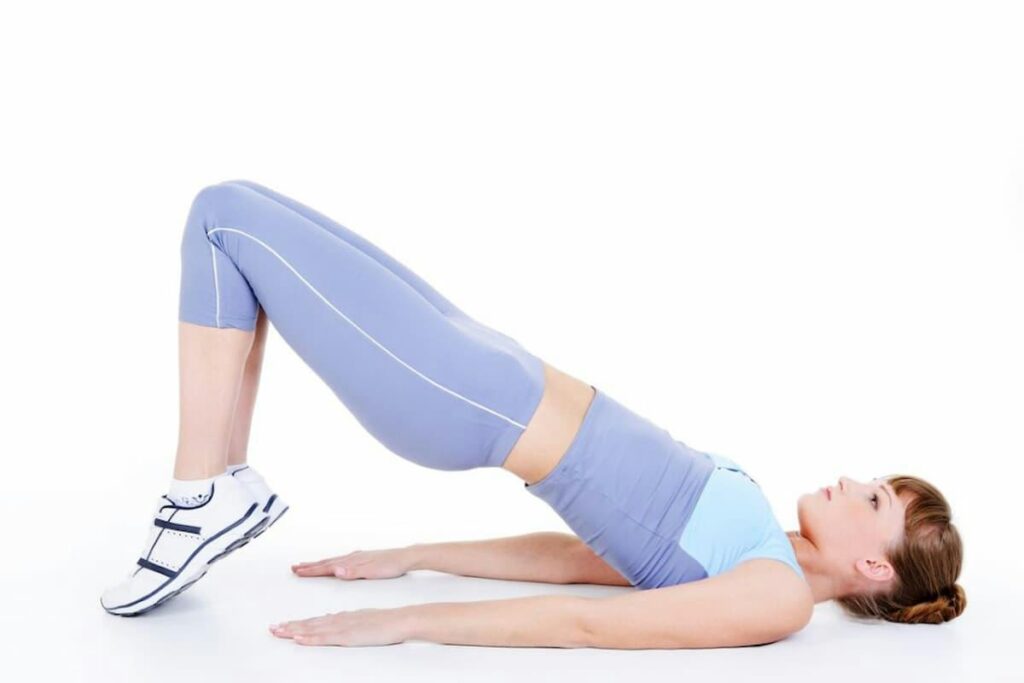
Introduction
Welcome to another insightful blog post from WildHawk Physical Therapy. In this comprehensive article, we’ll delve into a topic of utmost importance for runners – pelvic floor health. Whether you’re a seasoned marathoner or a casual jogger, understanding and addressing pelvic floor problems is crucial for optimizing your running experience and overall well-being.
Pelvic Floor Health: A Foundation for Runners
The pelvic floor is a group of muscles, ligaments, and connective tissues that form a supportive hammock-like structure at the base of the pelvis. It plays a vital role in supporting the organs in the pelvic region, controlling bowel and bladder function, and providing stability to the spine and pelvis during movement – making it especially significant for runners.
The pelvic floor undergoes considerable stress during running, and its health is crucial for maintaining optimal performance and preventing issues that can arise due to the unique demands of this high-impact activity. We’ll explore the intricacies of pelvic floor health and its direct connection to running-related concerns.
Runners and Pelvic Floor Problems: The Connection
Running is a high-impact activity that places unique stress on the pelvic floor. While running offers numerous cardiovascular and musculoskeletal benefits, it can also contribute to or exacerbate pelvic floor problems. Runners, both male and female, may face various challenges related to their pelvic floor health. Here are some common issues faced by runners:
- Urinary Incontinence: Many female runners experience stress urinary incontinence (SUI), the unintentional leakage of urine during activities that increase intra-abdominal pressure, such as running. This can be attributed to weakened pelvic floor muscles that struggle to provide ample support during the repetitive impact of running.
- Pelvic Pain: Long-distance running or improper training techniques can lead to pelvic pain. Runners may experience discomfort in the pelvic region, lower abdomen, or even the lower back. This pain can be a result of muscle imbalances, joint strain, or nerve irritation.
- Pelvic Organ Prolapse: Repetitive impact from running can contribute to pelvic organ prolapse, a condition where pelvic organs such as the uterus, bladder, or rectum descend into the vaginal canal. This condition may cause sensations of pressure or fullness in the pelvic area.
- Muscle Imbalances: Intense and repetitive movements can cause muscle imbalances in the pelvic region, affecting the coordination and function of the pelvic floor muscles. This imbalance can contribute to issues such as pain, weakness, or dysfunction.
Understanding the connection between running and these pelvic floor problems emphasizes the importance of proactive measures to promote pelvic floor health and prevent complications.
Preventive Measures for Runners
To promote pelvic floor health and prevent problems, runners can adopt the following preventive measures:
Pelvic Floor Exercises: Incorporate targeted pelvic floor exercises into your routine. Kegels, bridges, and deep core engagement exercises can strengthen the pelvic floor muscles. These exercises enhance muscle endurance and coordination, providing better support during the impact of running.
Proper Running Form: Ensure proper running form to minimize the impact on the pelvic floor. A running coach can provide guidance on biomechanics and technique. Implementing changes in stride length, foot placement, and posture can significantly reduce stress on the pelvic floor during running.
Gradual Training Progression: Avoid sudden increases in running intensity or mileage. Gradual progression allows your body, including the pelvic floor, to adapt to the demands of running. This approach minimizes the risk of overuse injuries and provides adequate recovery time for the pelvic floor muscles.
Cross-Training: Include cross-training activities that complement running, such as swimming, cycling, or strength training. This provides a well-rounded fitness routine without overburdening the pelvic floor. Cross-training also helps prevent overuse injuries and promotes overall musculoskeletal health.
Hydration and Nutrition: Stay hydrated and maintain a balanced diet to support overall muscle health, including the pelvic floor muscles. Proper hydration is essential for maintaining tissue elasticity, while a nutrient-rich diet supports muscle function and recovery.

Pelvic Floor Management for Runners
If runners encounter pelvic floor problems, seeking professional guidance is essential. Pelvic health physical therapy can offer specialized interventions tailored to runners’ specific needs:
Individualized Assessment: A pelvic health physical therapist can conduct a comprehensive assessment to identify muscle imbalances, weaknesses, or dysfunction in the pelvic floor. This assessment includes evaluating running biomechanics, muscle strength, joint mobility, and any contributing factors to pelvic floor problems.
Pelvic Floor Rehabilitation: Tailored exercises and interventions can address specific issues, focusing on strengthening, flexibility, and coordination of the pelvic floor muscles. Rehabilitation programs are designed to address individual needs, promoting optimal function and preventing further complications.
Education on Biomechanics: Runners can benefit from guidance on proper biomechanics and techniques to minimize stress on the pelvic floor during running. Education on posture, breathing techniques, and effective warm-up and cool-down routines can contribute to pelvic floor health.
Training Modifications: Pelvic health professionals can provide recommendations for modifying running routines or incorporating alternative exercises to support pelvic floor health. These modifications may include adjustments to running frequency, intensity, or duration based on the individual’s condition.
Strategies for Symptom Management: For runners experiencing pelvic pain or incontinence, pelvic health physical therapy offers strategies for symptom management and improving overall pelvic health. These may include specific exercises, lifestyle modifications, and behavioral strategies to address symptoms effectively.
FAQ Section
Frequently Asked Questions:
Q: Can male runners experience pelvic floor problems?
A: Yes, male runners can also experience pelvic floor problems, including issues such as pelvic pain or dysfunction. Pelvic health physical therapy is beneficial for both male and female runners.
Q: How soon after experiencing pelvic floor symptoms should a runner seek professional help?
A: It’s advisable to seek professional help promptly if pelvic floor symptoms arise during or after running. Early intervention can prevent the escalation of issues and contribute to a quicker return to pain-free and leakage-free running.
Q: Are there specific exercises to address pelvic floor problems for runners?
A: Yes, pelvic floor exercises tailored to runners, including dynamic engagement and coordination exercises, can be beneficial. However, individualized guidance from a pelvic health physical therapist is recommended for a targeted approach.
Conclusion
In conclusion, prioritizing pelvic floor health is essential for runners to enhance their running experience and overall well-being. By understanding the connection between running and pelvic floor problems, adopting preventive measures, and seeking professional guidance when needed, runners can continue enjoying the many benefits of this exhilarating form of exercise. For personalized support and guidance, reach out to WildHawk Physical Therapy located in Asheville, NC. Your pelvic floor health matters, and we’re here to help you run strong and thrive in your fitness pursuits.








